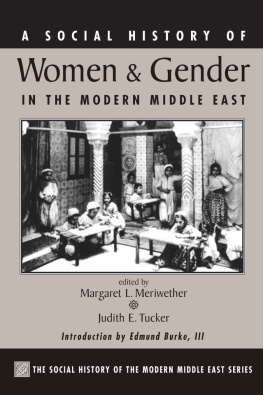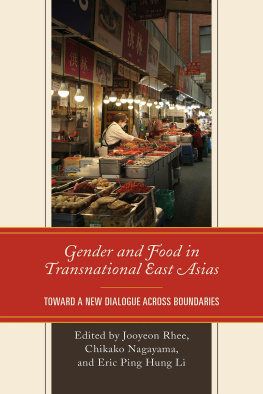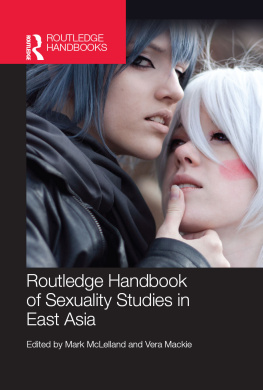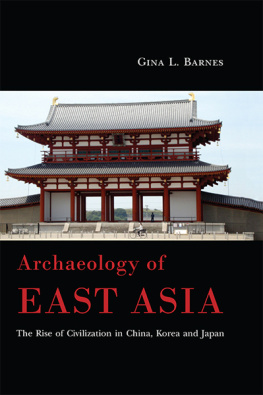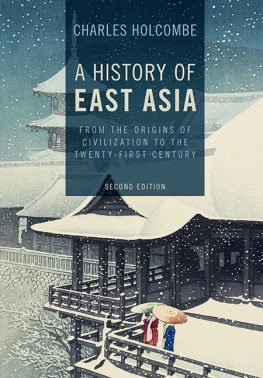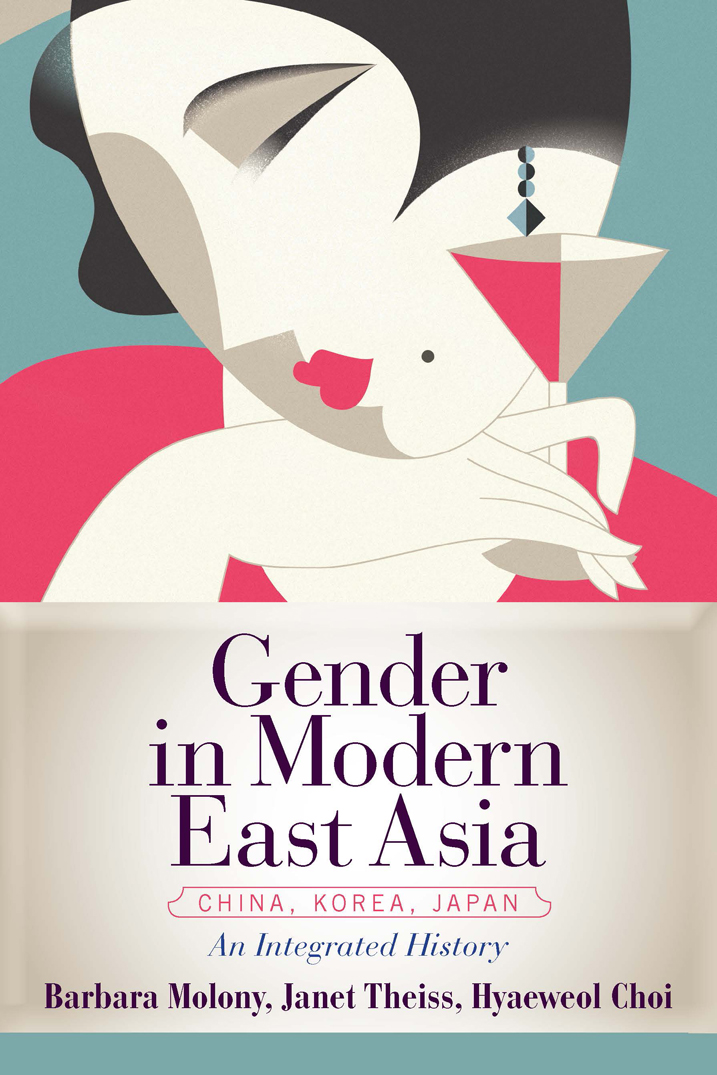


Copyright 2016 by Westview Press
Published by Westview Press,
A Member of the Perseus Books Group
2465 Central Avenue
Boulder, CO 80301
www.westviewpress.com
All rights reserved. Printed in the United States of America. No part of this book may be reproduced in any manner whatsoever without written permission except in the case of brief quotations embodied in critical articles and reviews.
Every effort has been made to secure required permissions for all text, images, maps, and other art reprinted in this volume.
Westview Press books are available at special discounts for bulk purchases in the United States by corporations, institutions, and other organizations. For more information, please contact the Special Markets Department at the Perseus Books Group, 2300 Chestnut Street, Suite 200, Philadelphia, PA 19103, or call (800) 810-4145, ext. 5000, or email .
Cover Image: Songbook for Song of the Milky Way (altered detail) from the Shochiku film Milky Way, 1931, artist unknown, color lithograph, inks on paper. Published by Shochiku kinema gakufu shuppansha, Printed by Noguchi Tsurukichi, 26.5 19 cm. From The Levenson Collection, and drawn from the exhibition DECO JAPAN: Shaping Art and Culture, 19201945 organized and circulated by Art Services International, Alexandria, Virginia.
Image page 16: Photograph 2016 Museum of Fine Arts, Boston. Attributed to: Emperor Huizong, Chinese, 10821135, ruled 11001125. Court ladies preparing newly woven silk, (detail). Chinese, Northern Song dynasty, early 12th century. Ink, color, and gold on silk 37.1 145 cm (14 5/8 57 1/16 in.) Museum of Fine Arts, Boston, Special Chinese and Japanese Fund, 12.886.
Image page 238: Tipsy, Kobayakawa Kiyoshi, Japanese, 18891948. Shwa period, 1930. Woodblock print; ink and color on paper, 17 1/4 10 5/8 in. (43.8 27 cm). Honolulu Museum of Art, Gift of Philip H. Roach, Jr., 2001 (26926).
Design and composition by Eclipse Publishing Services
Library of Congress Cataloging-in-Publication Data
Names: Molony, Barbara, author. | Theiss, Janet M., 1964- author. | Choi, Hyaeweol, author.
Title: Gender in modern East Asia / Barbara Molony, Santa Clara University, Janet Theiss, University of Utah, Hyaeweol Choi, Australian National University.
Description: First Edition. | Boulder, CO : Westview Press, 2016. | Includes bibliographical references and index.
Identifiers: LCCN 2016004201
Subjects: LCSH: WomenEast AsiaHistory. | Gender identityEast Asia. | Sex role and globalizationEast Asia. | FeminismEast Asia. | BISAC: HISTORY / General. | HISTORY / Asia / General. | HISTORY / Asia / China. | HISTORY / Asia / Japan. | HISTORY / Asia / Korea. | HISTORY / Modern / General.
Classification: LCC HQ1760.5 .M65 2016 | DDC 305.4095dc23 LC record available at http://lccn.loc.gov/2016004201
EBOOK ISBN: 978-0-8133-4876-6
10 9 8 7 6 5 4 3 2 1
We dedicate this book with love and gratitude to our mothers.
Dorrit Molony
Judith E. Theiss (19392011)
Hong Haeng (19302012)
Table of Contents
Guide
Contents
This book covers the history of genderboth femininities and masculinities, but with a greater emphasis on womenin the Chinese, Korean, and Japanese cultural and political realms. Beginning with an overview of the ancient and medieval eras, the book treats the history of gender in both national and transnational contexts in the early modern and modern eras by examining the dynamic histories of sexuality; gender ideology, discourse, and legal construction; marriage and the family; and the gendering of work, society, culture, and power.
The dual approach of locating gender history within a societys national history as well as describing its role in an integrated regional history of East Asia is novel in the field of womens and gender history. In addition, this book examines the global context of historical changes in the three countries and, where appropriate, highlights cross-cultural themes that transcend national boundaries within and outside the region. We discuss themes and concepts such as writing and language, the body, feminism, immigration and diasporas, and Confucianism as part of an integrated history. The proximity of these three countries (now five, including Taiwan and North Korea) has long permitted the flow of ideas, people, materials, and texts throughout the region. (This flow has extended significantly beyond East Asia in the past 150 years.) At the same time, the authors are conscious of the potential problem of seeming to lump East Asian gender issues into a monolithic (and therefore incorrect) whole, and thus stress the historical contexts of both differences and similarities wherever they occur in the three countries.
An integrated history borrows much from the growing field of transnational history, which also focuses on the movements of people and material and ideas, as well as on issues of war, peace, imperialism, and economics. In this book, key issues highlight this integrative transnational approach. They include such topics as Confucian texts for men and women, gender performance, the role of the state in gender construction, nationalism, sexuality and prostitution, New Women and Modern Girls, feminisms, comfort women, imperialism and empire, and Japanese (and later East Asian) neologisms based on Western concepts but using the shared Chinese-based writing system to express them. Other transnational approaches are comparative, such as an examination of differing notions of the family and a study of the impact of Christianity on feminist movements and gender history in each of the three countries.
Structure of the book
Gender in Modern East Asia contains eleven chapters that treat each countrys gender history in a separate section thematically linked to the sections dedicated to the other two countries. Years of teaching courses on womens and gender history have persuaded the authors that chronology must undergird a thematic approach, both to enhance students comprehension of the material and to emphasize the contemporaneous and integrated experiences of the countries studied. In addition, each chapter opens with a brief examination of global context. We ask what is happening elsewhere in the world that drives the regions history and discuss how the cultural, economic, and social developments discussed in each chapter are approached in studies of Europe, the Americas, and Africa during the same years. East Asia does not exist in a vacuum, and we hope students will be able to see appropriate regional and global similarities and dissimilarities.
During the early modern and modern eras, the three countries alternated in exerting greater regional influence. This alternation is reflected in the organization of each chapter. Until the nineteenth century the flow of culture and ideas, although always multidirectional, originated most often in China, and thus discussion of China leads off in those chapters. From the late nineteenth century through World War II, that flow shifted and Japan became most influential. The direction of the flow of culture shifted again in the postwar era, and thus Korea joins Japan as leading off in the latter chapters of the book. Regardless of which country is discussed first in each chapter, coverage of all three is balanced throughout the book.
Next page

